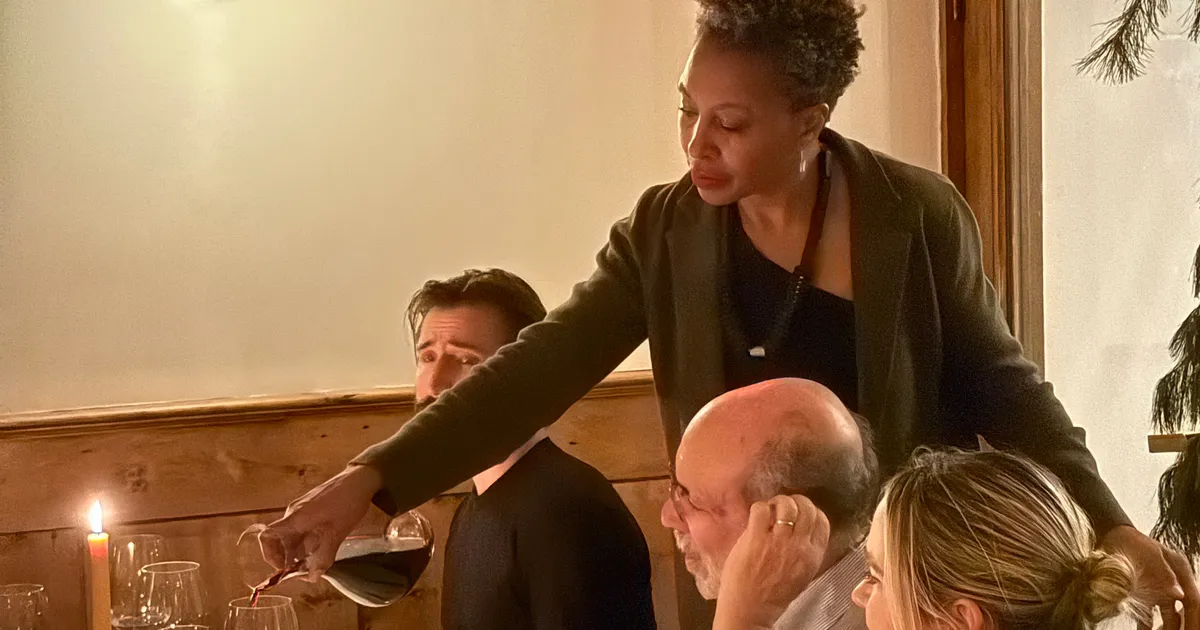Wine has attracted humanity for millennia, weaving itself into our culture, history, and daily rituals in ways that continue to surprise even the most dedicated enthusiasts. While you might know your Cabernet from your Chardonnay, the world of wine holds countless secrets that extend far beyond grape varieties and tasting notes. From ancient Egyptian burial practices to modern scientific phenomena, wine’s story is filled with extraordinary facts that reveal just how deeply this beverage has influenced civilization. Whether you’re a casual sipper or a serious connoisseur, these remarkable wine facts will give you fascinating conversation starters for your next dinner party and deepen your appreciation for every glass you raise in celebration.
Ancient Wine Mysteries That Survived Millennia
The history of wine stretches back further than most people realize, with archaeological discoveries revealing stunning facts about ancient wine culture. The oldest winery known to humanity dates back to 4100 BCE in Armenia, establishing wine production as one of our earliest agricultural achievements. Even more remarkable is the discovery of the world’s biggest and oldest wine cellar during excavations of a 3,700-year-old Canaanite palace in northern Israel.
King Tutankhamun’s tomb provides perhaps the most luxurious example of ancient wine appreciation – the young pharaoh was buried with 26 pitchers of red wine, clearly his favorite variety. This practice wasn’t merely ceremonial; it reflected the deep cultural significance wine held in ancient Egyptian society.
The oldest surviving wine bottle, known as the Speyer wine bottle, was discovered in 1867 in Germany and dates back to around 325 AD. This remarkable artifact demonstrates the advanced preservation techniques of Roman winemakers and continues to fascinate historians today.
Royal Wine Stories and Unexpected Uses

Wine’s connection to royalty extends into modern times in surprising ways. Prince Charles owns an Aston Martin that runs on wine-based biofuel – a gift from Queen Elizabeth when he turned 21, later modified in 2008 to run on aged wine. This innovative approach showcases how wine continues to find new applications beyond the dinner table.
Historical wine regulations were far more severe than today’s standards. Hammurabi, the ancient Babylonian king famous for his legal code, decreed that dishonest wine vendors should be drowned in a river. This extreme punishment highlights just how seriously ancient civilizations took wine quality and trade integrity.
Scientific Wine Phenomena You Can Observe
Several fascinating scientific processes occur in your wine glass that most people misunderstand. Those streaks or “legs” that form on your glass after swirling aren’t indicators of quality or alcohol content, but rather the result of the Marangoni effect – differences in surface tension between water and alcohol creating these mesmerizing patterns.
“Wine diamonds” are another misunderstood phenomenon. These tiny crystals that sometimes appear in chilled white wines are harmless tartaric acid crystals that precipitate in cold temperatures. Rather than indicating a flaw, they actually suggest minimal processing and can indicate a well-crafted, natural wine.
The color science behind wine is equally fascinating. Red wine gets its beautiful hue from anthocyanin, a pigment found in grape skins that’s also present in plums, blueberries, and cherries. Interestingly, you can make white wine from both white and red grapes by simply removing the skins before fermentation.
Grape Varieties and Global Wine Culture
The diversity of wine begins with an astounding fact: over 10,000 different grape types exist today. However, most red wines share a common ancestry through Vitis Vinifera, a species originating in Eastern Europe that produces varieties like Cabernet Sauvignon, Syrah, Merlot, and Pinot Noir.
Cabernet Sauvignon holds the distinction of being the most extensively cultivated grape worldwide, while France produces 25% of the world’s Chardonnay, particularly in the renowned Burgundy region. These statistics reveal how certain regions have become synonymous with specific grape varieties through centuries of cultivation expertise.
Wine culture extends into unexpected territories, including Japan’s unique wine spa, where visitors can literally swim in wine. This innovative wellness approach demonstrates how different cultures continue to find new ways to celebrate and utilize wine beyond traditional consumption.
The tradition of toasting with wine dates back to ancient Rome, where clinking glasses was believed to ward off evil spirits. Today, this ritual remains central to celebrations worldwide, connecting us to thousands of years of wine culture and human connection.


